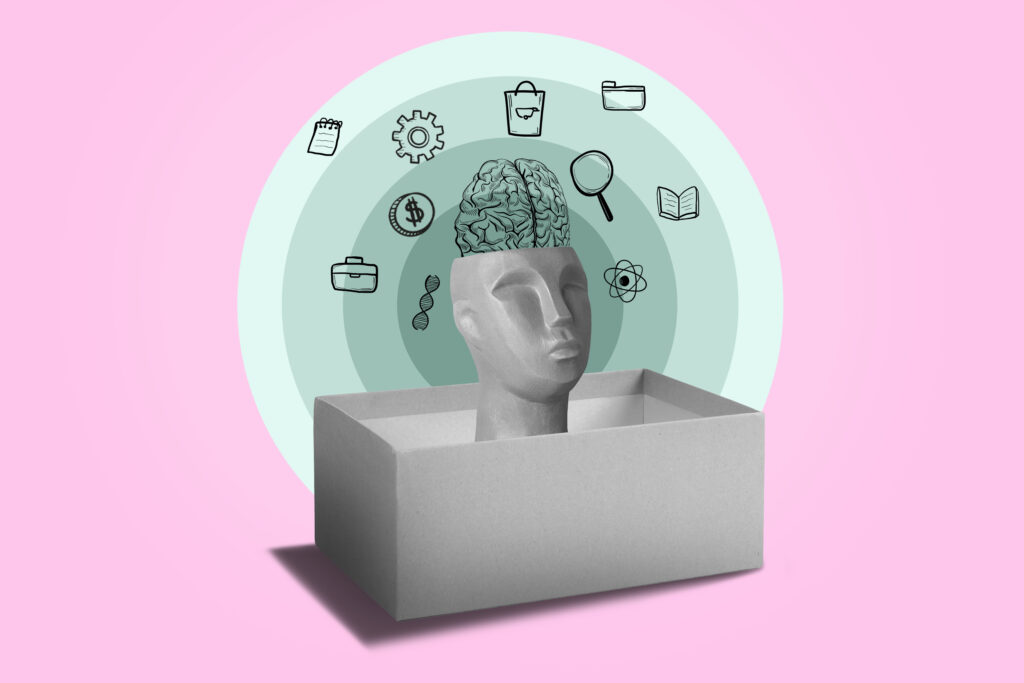
The Psychology Behind Packaging Design: Captivating Consumers Beyond the Shelf
In today’s crowded market, where countless products fight for attention, packaging design plays a huge role in grabbing consumers’ interest. Beyond looking attractive, effective packaging taps into psychology, influencing buying decisions and shaping how people view a brand. This article dives into the psychology behind packaging design and how colors, shapes, materials, and brand elements come together to create an unforgettable consumer experience.
The Power of First Impressions
Much like meeting someone for the first time, the initial visual impact of a product’s packaging sets the tone for a consumer’s relationship with a brand. Studies show consumers form opinions about products within seconds. This rapid judgment is shaped by factors like color choices, typography, and overall design. For brands, the goal is to create a lasting impression that aligns with their identity and resonates with their target audience.

The Influence of Color Psychology
Colors evoke specific emotions, with each color tied to different psychological effects. For example:
- Red: Often associated with excitement and appetite, red can make food packaging stand out and create a sense of urgency.
- Blue: Known for conveying calm, trust, and reliability, blue often appeals to consumers in tech and healthcare sectors.
- Green: Linked to nature, health, and sustainability, green appeals to eco-conscious consumers and brands highlighting natural ingredients.
These color choices are highly strategic, representing the brand and triggering an emotional response that can encourage buying.
Shape and Structure: Adding Function and Appeal
The shape and structure of packaging do more than look nice; they affect how easy it is to use and remember. Functional designs, like re-sealable bags or easy-to-hold bottles, make products more convenient and create positive feelings toward the brand. Unique shapes can also make a product memorable, adding a strong “shelf presence”. For instance, round packaging can give a premium feel, while eco-friendly materials attract environmentally conscious buyers.
Texture and Material: Creating Sensory Appeal
The feel of packaging plays a huge role in consumer perception. Soft-touch materials, embossed logos, or matte finishes add a sensory element that enhances the value of a product. Studies in consumer psychology suggest that touch strengthens memory, making texture essential in packaging design. Sustainable materials, like recycled cardboard or biodegradable plastics, also appeal to today’s eco-aware consumers.
Visual Storytelling: Building Brand Connection
Branding is about more than just logos; it’s about telling a story that resonates with people. From clean, minimalist designs that signal luxury to bright, bold patterns for lively brands, every part of packaging helps tell a story. Images, colors, and typography work together to show the brand’s personality and values, helping consumers feel connected and develop trust.

Conclusion: Making a Lasting Impression
The psychology of packaging design shows how visual appeal, function, and emotion blend to create an unforgettable experience. When done right, packaging is more than just a container—it builds consumer trust, strengthens brand recognition, and makes a product stand out. Brands that understand the power of packaging psychology can connect with consumers on a deeper level, driving loyalty and making a lasting impact.
Ready to imprint your brand on the world? Discover creative, effective packaging solutions that resonate. Visit us at imprint to see how we can bring your brand vision to life!